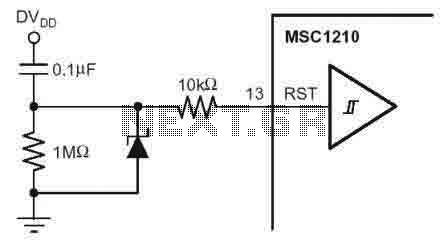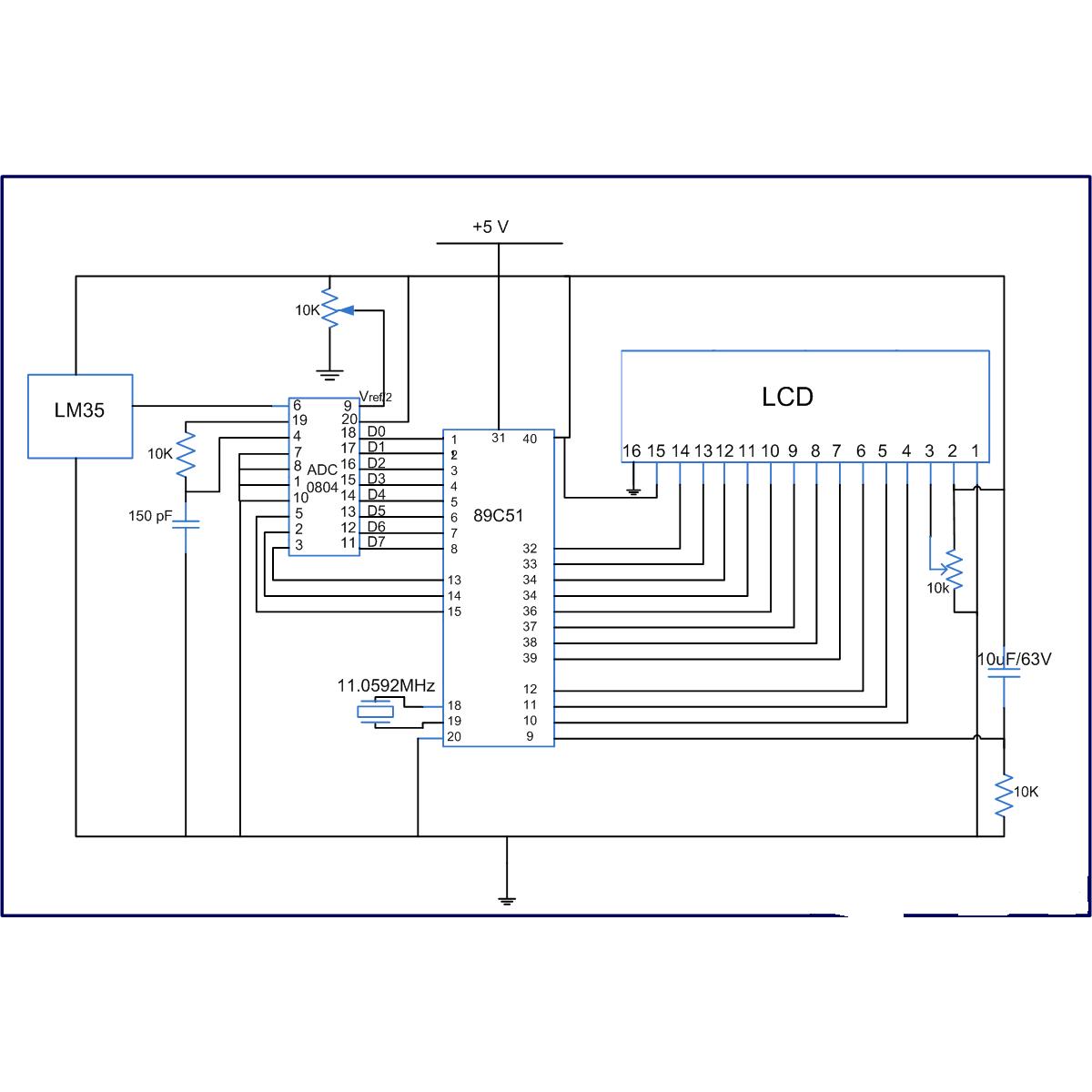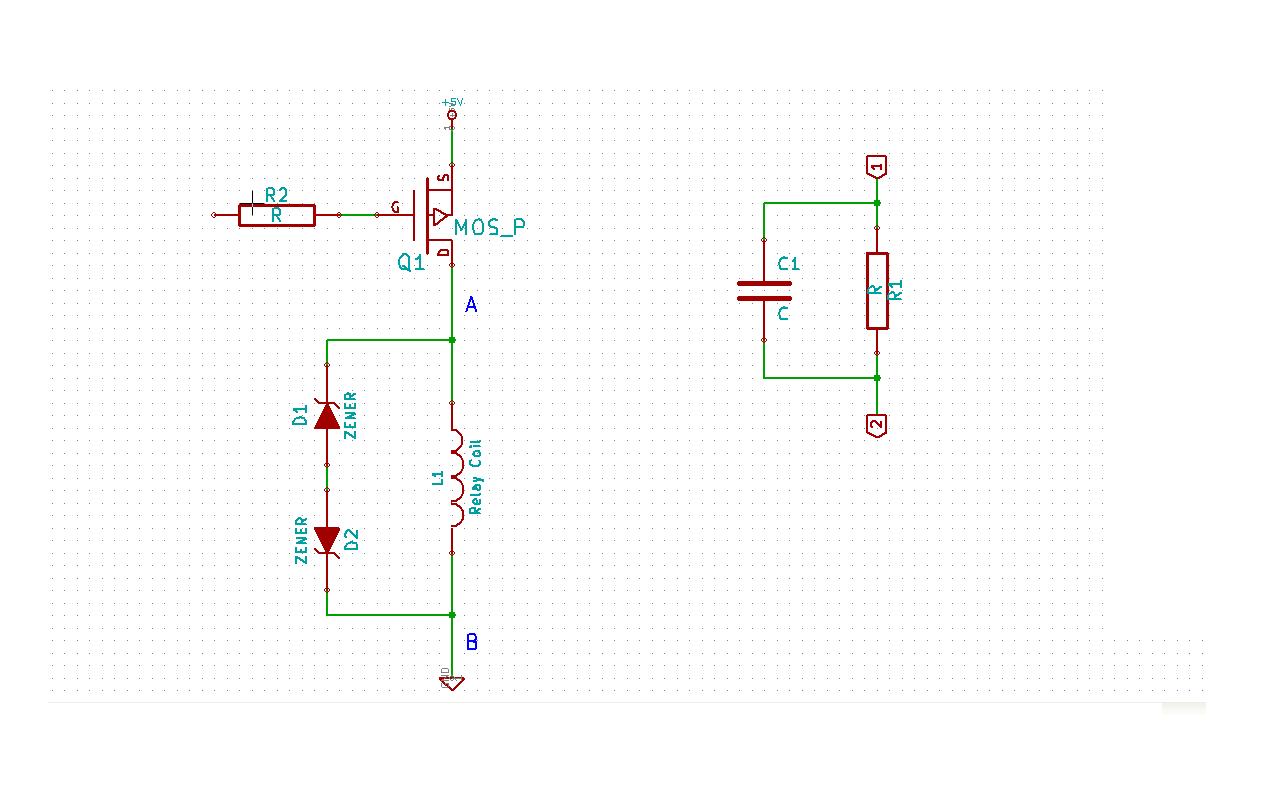
Easy LED Photo Sensor Circuit With LM1458

This circuit utilizes a JFET to receive signals from an LED and buffer them. The output voltage is managed using an IC 1458 or LM1458, which provides approximately 7 volts in darkness and experiences a drop of about 2 volts in full sunlight. The LED voltage is buffered by a junction FET transistor and then fed into the input of an inverting operational amplifier with a gain of approximately 20. There is a variation of about 5 volts between dark and light conditions. A 100K potentiometer can be adjusted to set the output voltage range.
The circuit employs a Junction Field Effect Transistor (JFET) as the primary signal receiver, which allows for high input impedance and low noise, making it suitable for buffering the signal from the LED. The choice of the IC 1458 or LM1458 operational amplifier is crucial, as it provides the necessary amplification while maintaining stability across varying light conditions.
In operation, when the LED is illuminated by ambient light, the voltage output from the JFET is buffered to prevent loading effects that could distort the signal. The inverting operational amplifier is configured with a gain of 20, which amplifies the buffered signal, allowing for a significant output voltage swing. The circuit is designed to respond to changes in light intensity, providing a range of approximately 5 volts between dark and light conditions.
The inclusion of a 100K potentiometer enables fine-tuning of the output voltage range, allowing users to calibrate the circuit according to specific requirements or environmental conditions. This feature enhances the versatility of the circuit, making it applicable in various light-sensing applications, such as automatic lighting systems or light level indicators. Overall, the design effectively integrates JFET technology with operational amplification to achieve reliable performance in varying lighting environments.This circuit is used J-FET for recieve signal to buffer from LED, About Output voltage, We used IC 1458 or LM1458, while in the dark is about 7 volts and the drop about 2 volts in full sun. The LED voltage buffered by a junction FET transistor and then applied to the input of an operational inverting amplifier with a gain of about 20 minutes.
This is a variation of about 5 volts of darkness and light. You can adjust the 100K potentiometer to set the range of output voltage. 🔗 External reference
The circuit employs a Junction Field Effect Transistor (JFET) as the primary signal receiver, which allows for high input impedance and low noise, making it suitable for buffering the signal from the LED. The choice of the IC 1458 or LM1458 operational amplifier is crucial, as it provides the necessary amplification while maintaining stability across varying light conditions.
In operation, when the LED is illuminated by ambient light, the voltage output from the JFET is buffered to prevent loading effects that could distort the signal. The inverting operational amplifier is configured with a gain of 20, which amplifies the buffered signal, allowing for a significant output voltage swing. The circuit is designed to respond to changes in light intensity, providing a range of approximately 5 volts between dark and light conditions.
The inclusion of a 100K potentiometer enables fine-tuning of the output voltage range, allowing users to calibrate the circuit according to specific requirements or environmental conditions. This feature enhances the versatility of the circuit, making it applicable in various light-sensing applications, such as automatic lighting systems or light level indicators. Overall, the design effectively integrates JFET technology with operational amplification to achieve reliable performance in varying lighting environments.This circuit is used J-FET for recieve signal to buffer from LED, About Output voltage, We used IC 1458 or LM1458, while in the dark is about 7 volts and the drop about 2 volts in full sun. The LED voltage buffered by a junction FET transistor and then applied to the input of an operational inverting amplifier with a gain of about 20 minutes.
This is a variation of about 5 volts of darkness and light. You can adjust the 100K potentiometer to set the range of output voltage. 🔗 External reference





